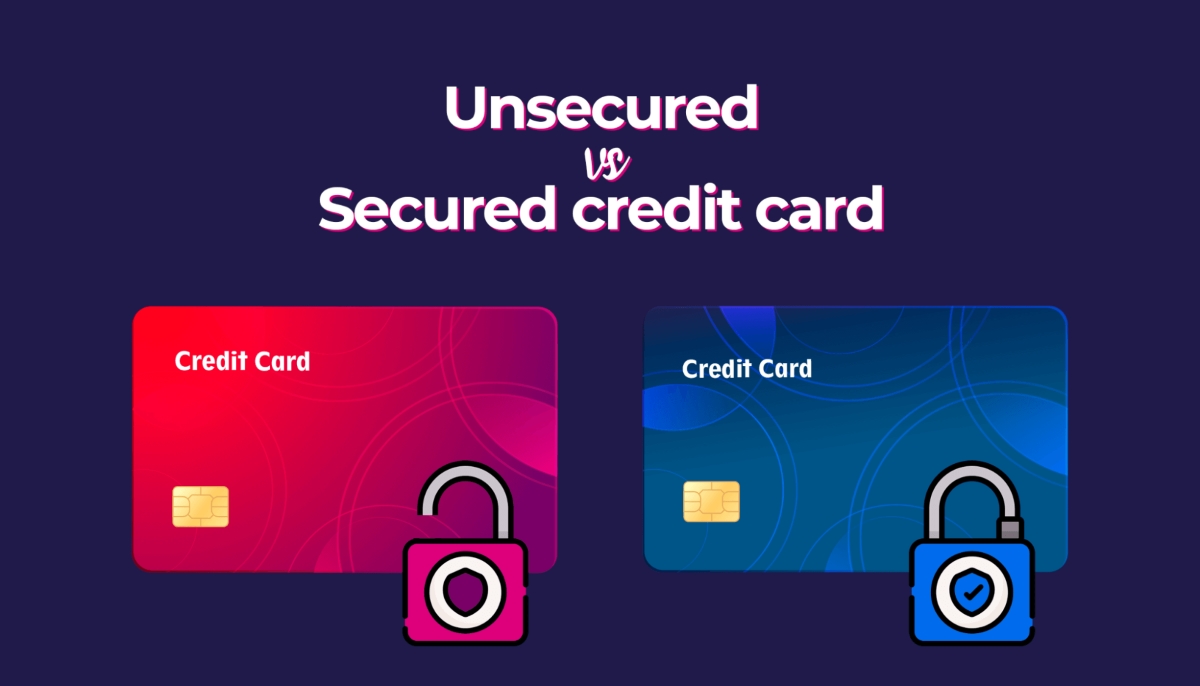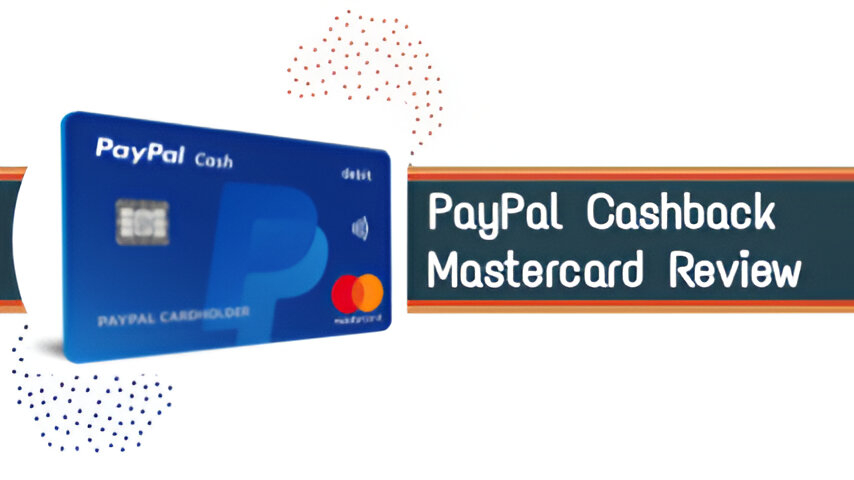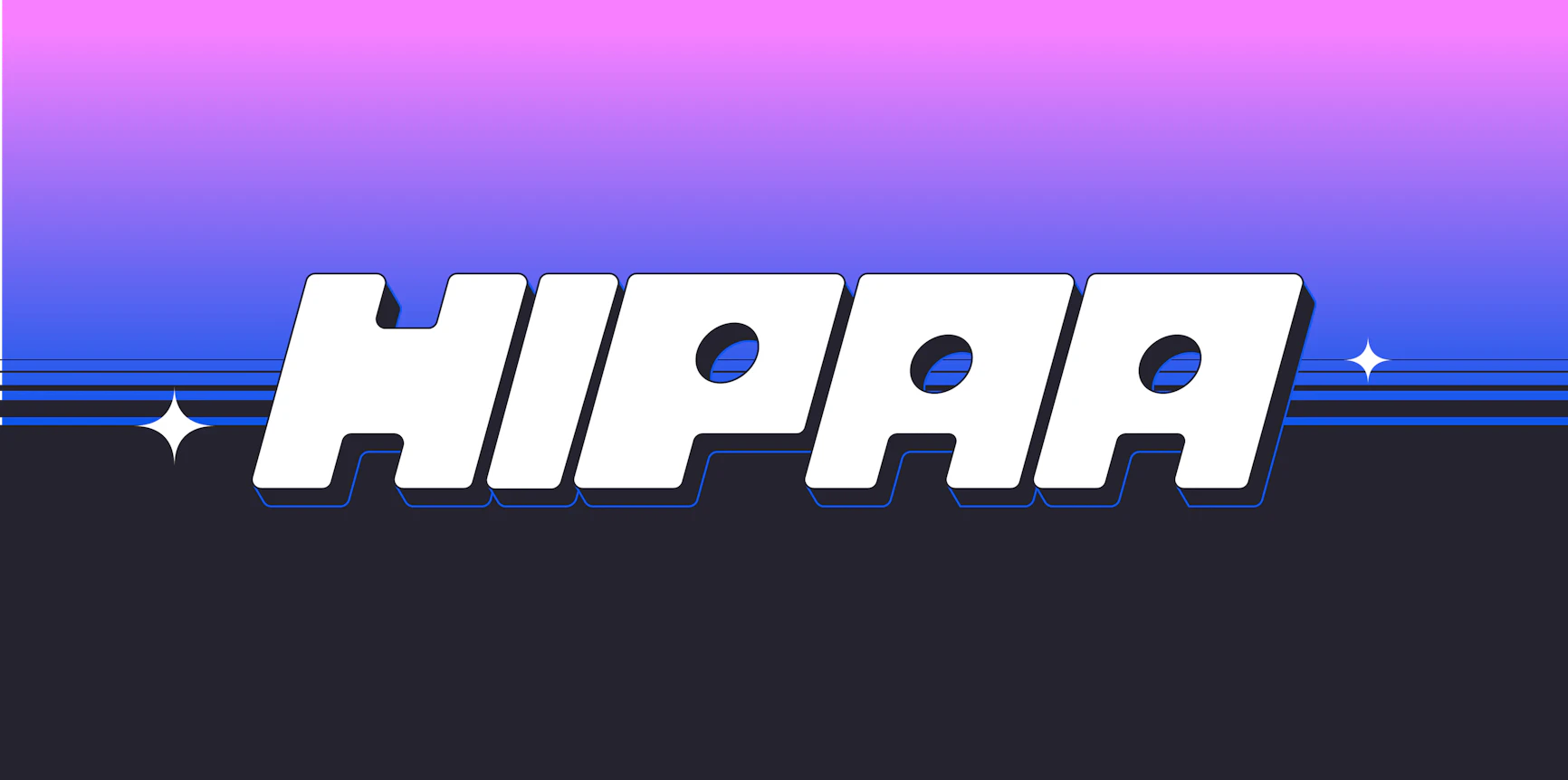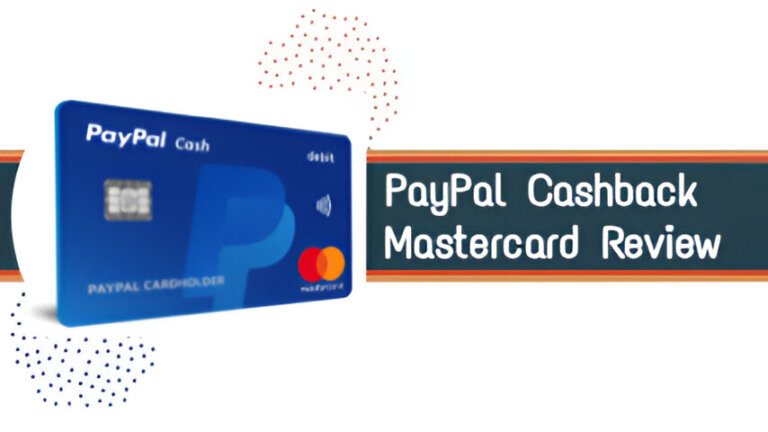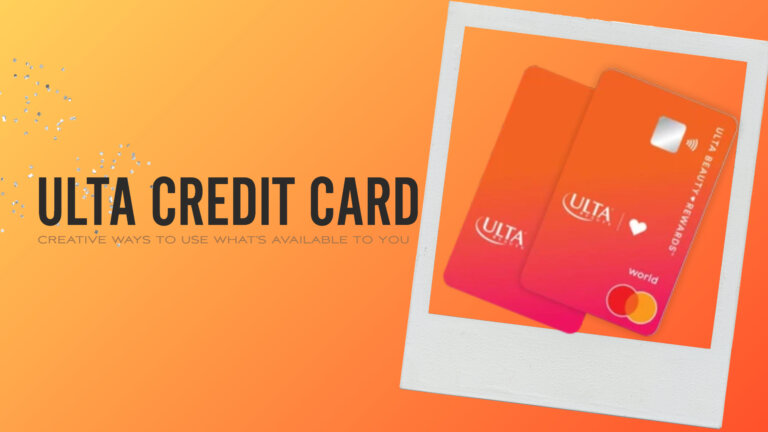If you’re thinking about getting a credit card to build your credit or manage everyday spending, understanding the difference between a secured vs unsecured credit card is a great place to start.
While you’re considering both these options, you should know that they give you access to a line of credit, allow you to make purchases, and can help you build a positive credit history. However, depending on your current financial situation and credit score, one may suit you more than the other.
In this guide, we’ll break down how secured and unsecured credit cards work, what makes them different, and which one makes sense for your goals.
What Is a Secured Credit Card?
A secured credit card is designed to help individuals build or rebuild their credit. These cards require a security deposit, usually between $200 and $500, which acts as collateral and determines your credit limit.
This makes them ideal for people with no credit history or those who are trying to recover after financial challenges. Your activity is reported to all three credit bureaus, so if you use the card responsibly, you can steadily improve your credit score.
Key Features
- Cash deposit required as a form of collateral
- Helps users build or rebuild their credit
- Often comes with an annual fee
- Payment behaviour reported to credit bureaus
- Can eventually be upgraded to an unsecured card
What Is an Unsecured Credit Card?
An unsecured credit card is the most common type of credit card and doesn’t require any deposit. Approval is based on your creditworthiness, meaning lenders look at your credit score, income, and other factors.
If you already have a good or fair credit score, you are more likely to qualify for an unsecured card with a higher credit limit and better features, such as rewards, low fees, and added perks.
Key Features
- No deposit required
- Higher credit limits available
- Ideal for users with established credit
- Often includes perks like cashback or travel points
- Payment activity also reported to credit bureaus
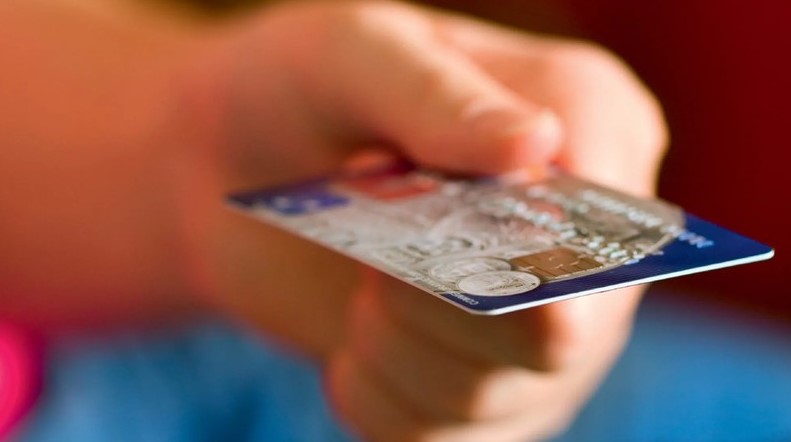
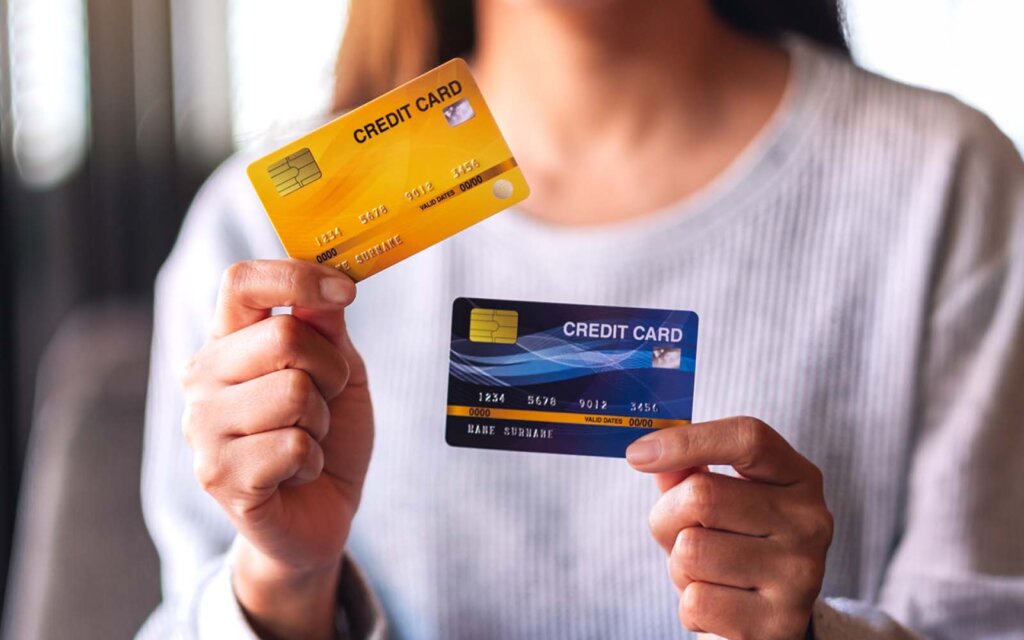
Secured Card vs Unsecured: Which Should You Choose?
Choosing between a secured vs unsecured credit card depends on how good you have maintained your credit history.
If you’re starting from scratch or rebuilding after a setback, a secured card can help you establish trust with lenders. Over time, many issuers allow you to upgrade to an unsecured card without reapplying.
On the other hand, if your credit score is already in decent shape and you’re confident about managing a line of credit, an unsecured card would be more convenient as it would typically lower costs in the long term.
How These Cards Impact Your Credit
Considering the impact on your credit, both secured and unsecured cards report your account activity to major credit bureaus: Equifax, Experian, and TransUnion. That means your usage habits, such as paying on time and keeping your balance low would have a direct affect on your credit score. Irrespective of the card type, here’s what helps:
- Pay your bills in full and on time each month.
- Keep your balance under 30% of your available limit.
- Avoid applying for multiple cards at once.
Over time, positive behaviour on a secured card can help you qualify for an unsecured version from the same issuer or even apply elsewhere with better terms.
Side-by-Side Comparison
| Feature | Secured Credit Card | Unsecured Credit Card |
| Deposit Required | Yes (cash deposit) | No |
| Credit Limit | Equals your deposit | Based on credit profile |
| Best For | New or rebuilding credit users | Established credit users |
| Annual Fee | Sometimes | Sometimes |
| Interest Rates | Moderate to high | Varies depending on score |
| Upgrade Options | Yes, often after 6–12 months | Not applicable |
| Rewards & Perks | Rare | Common (cashback, travel, etc.) |
What to Consider Before Applying
Whether you’re considering a credit card secured or unsecured, it’s important to understand how your choice will impact your finances now and over time.
Secured Cards Help You Build Credit from Scratch
If you’re new to credit or have an unlikeable score, a secured credit card offers a way to start over. Since a secured credit card requires a security deposit, it lowers the risk for the lender and gives you access to a line of credit. More importantly, these cards report your activity to all three credit bureaus, helping you establish a positive credit history if you manage the card responsibly.
If you are regular with on-time payments and responsible use, many issuers will allow you to upgrade to an unsecured card over time. You can consider it as a smart first step toward long-term financial health.
Unsecured Cards Reward Strong Credit Behaviour
If you already have fair to good credit, an unsecured credit card may offer better rewards, higher limits, and lower fees. These cards don’t require a cash deposit, but they do require that you demonstrate creditworthiness. It is usually achieved through a combination of income, credit score, and payment history.
This type of credit card is ideal if you already understand how to pay your bills in full, stay within your limit, and avoid late payments. If used wisely, an unsecured card can help you grow your available credit, access valuable perks, and continue strengthening your credit profile.
Both Cards Can Help You Build Good Credit
Irrespective of which card you choose, secured and unsecured credit accounts report to credit bureaus, meaning both can help you improve your credit score over time. But that’s only if you use them wisely. Before applying, take a moment to ask yourself:
- Can I pay my bills in full each month?
Carrying a balance means you’ll likely be hit with interest rates that can negate any rewards you earn. If you’re not ready to pay your full balance regularly, it might be best to hold off. - Do I have money for a security deposit?
Secured cards require a refundable cash deposit, which becomes your credit limit. Make sure you’re comfortable with tying up that money for some months. - Is my credit score high enough to get approved for an unsecured card?
Most credit card issuers require at least a fair credit score, typically in the mid-600s to approve an unsecured credit card. If you’re unsure, consider using a credit score checker or prequalification tool first.
Managing Your Card Effectively
Once your request is approved, whether it’s for a secured or unsecured card, what really matters is how you manage it. Responsible card usage is the key to getting the most out of your card, improving your credit, and unlocking better financial opportunities down the line. Here are the top habits to build and maintain:
Track Your Spending
Use your bank or card app to monitor how much you’re spending in real time. This helps you avoid overspending and ensures you don’t max out your line of credit. If not maintained, your spending could hurt your credit utilisation ratio and lower your score.
Make Timely Payments
Set up autopay or calendar reminders so you never miss a payment. Late payments can trigger penalty interest rates, damage your credit score, and result in unwanted fees, even on cards with no annual fee.
Keep Balances Low
Try to keep your balance under 30% of your total credit limit at any given time. This ratio, called your credit utilisation, is one of the biggest factors in your credit score. The lower it is, the better.
Check Statements Regularly
Fraud and billing errors happen more often than people think. Review your monthly statement carefully to catch any unfamiliar transactions. If something looks off, contact your credit card issuer right away to dispute the charge.
Avoid Unnecessary Fees
Choose cards with transparent fee structures and look out for late payment fees, foreign transaction fees, and annual fees. If you’re not getting value from a fee-based card, consider switching to a no-fee option.
These financial habits are especially important if you’re aiming to upgrade to an unsecured card after starting with a secured one. These habits would also come handy if you’re planning to apply for more competitive types of cards in the future.
Moreover, if you want to go even further with your savings, tools like Karma can help.
Bonus Tip: Maximise Your Savings with Karma
Karma is a free browser extension that alerts you to price drops, restocks, and promo codes across your favourite online retailers. No matter which type of card you choose, pairing it with tools like Karma can help you stretch your money even further.
What makes it stand out is its credit card comparison feature, which helps you evaluate and choose the best card for each purchase based on your different rewards programmes. You just have to tell it which cards you have, and it automatically knows which savings it can apply when. This way, you’ll always get the most out of your credit card rewards.
Frequently Asked Questions
Final Thoughts: Secured vs Unsecured Credit Card in 2025
To sum up, deciding between a secured vs unsecured credit card depends on where you are in your credit journey.
If you’re starting from scratch or recovering from past issues, a secured card can help you get back on track. Once you prove your creditworthiness, you can upgrade to an unsecured version and access better terms.
However, if you already have a solid credit score, an unsecured card may offer greater flexibility, higher limits, and better perks from the start. Whether you go with a secured or unsecured card, tools like Karma can alleviate your savings by helping you catch deals, price drops, and promo codes in real time. Choose wisely, pay responsibly, and your credit future will thank you.




